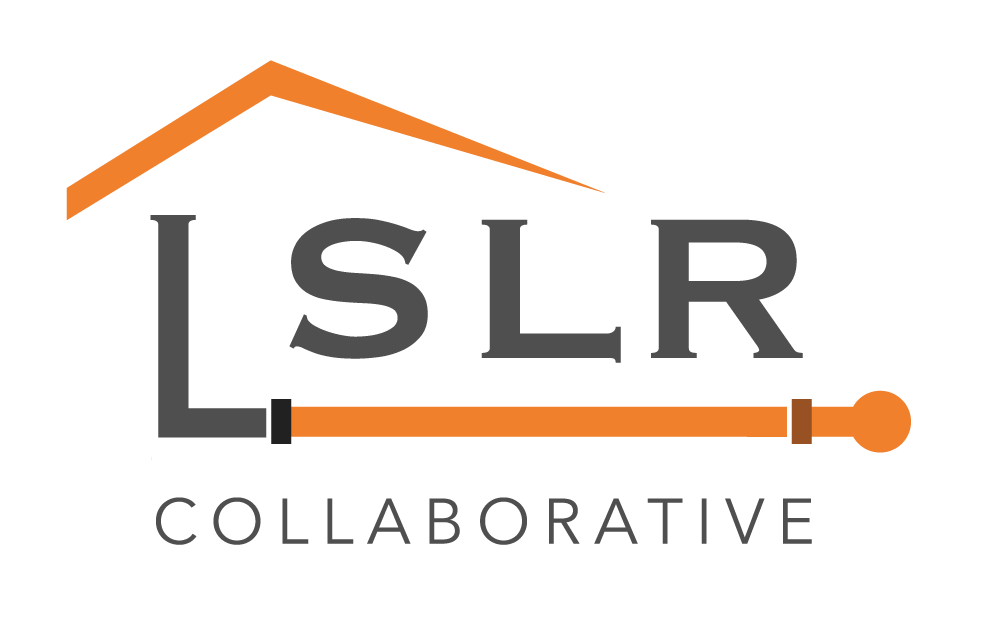|
Eric Keifer
Patch See the full article NEWARK, NJ — More than a year has passed since Newark got a $120 million bond from Essex County to help it tackle its lead water contamination woes. But now – after replacing nearly 15,000 of 18,000 aging, privately owned service pipes – the investment has clearly begun to pay off, officials say. On Monday, Newark officials announced that the city's Lead Service Line Replacement program has reached its final stage. It's a big milestone for Newark, which went into crisis mode after the discovery of elevated levels of lead in the water supply at thousands of local homes. Newark briefly turned to bottled water and filters as stopgap solutions while it put several long-term fixes into play. One of those fixes – replacing thousands of lead-lined pipes at local homes – got a major boost in August 2019 when Essex County helped the city to borrow $120 million in funding to speed up the process. The money helped Newark to follow through on a promise to help cash-strapped homeowners by completely paying for a project that can normally cost thousands of dollars. Now, more than 83 percent of those lines have been replaced with copper pipes – at no cost to taxpayers or residents, officials said. Comments are closed.
|
Have a suggestion for an article or blog to add?
Let us know! Type
All
Date
April 2023
|


 RSS Feed
RSS Feed